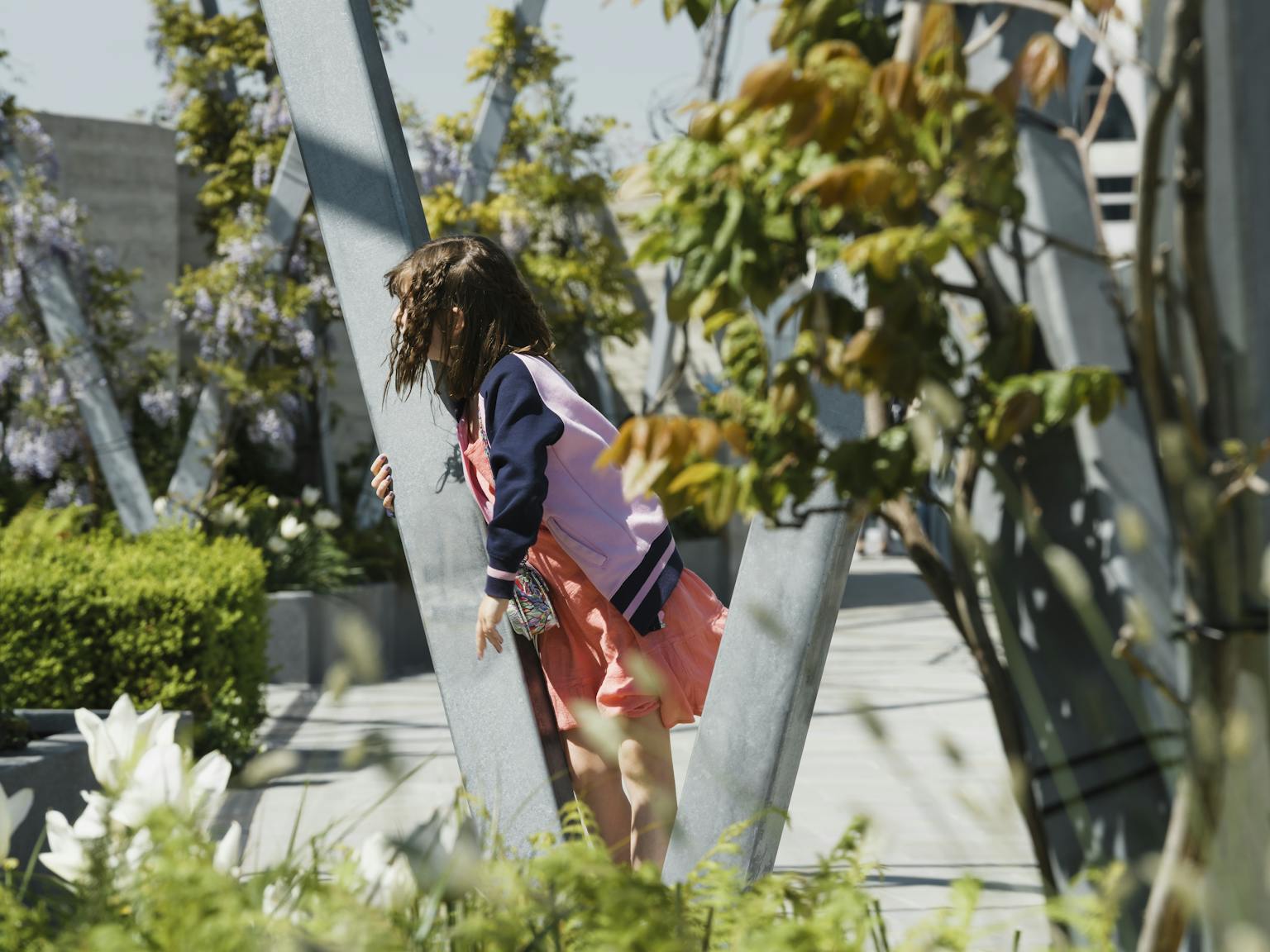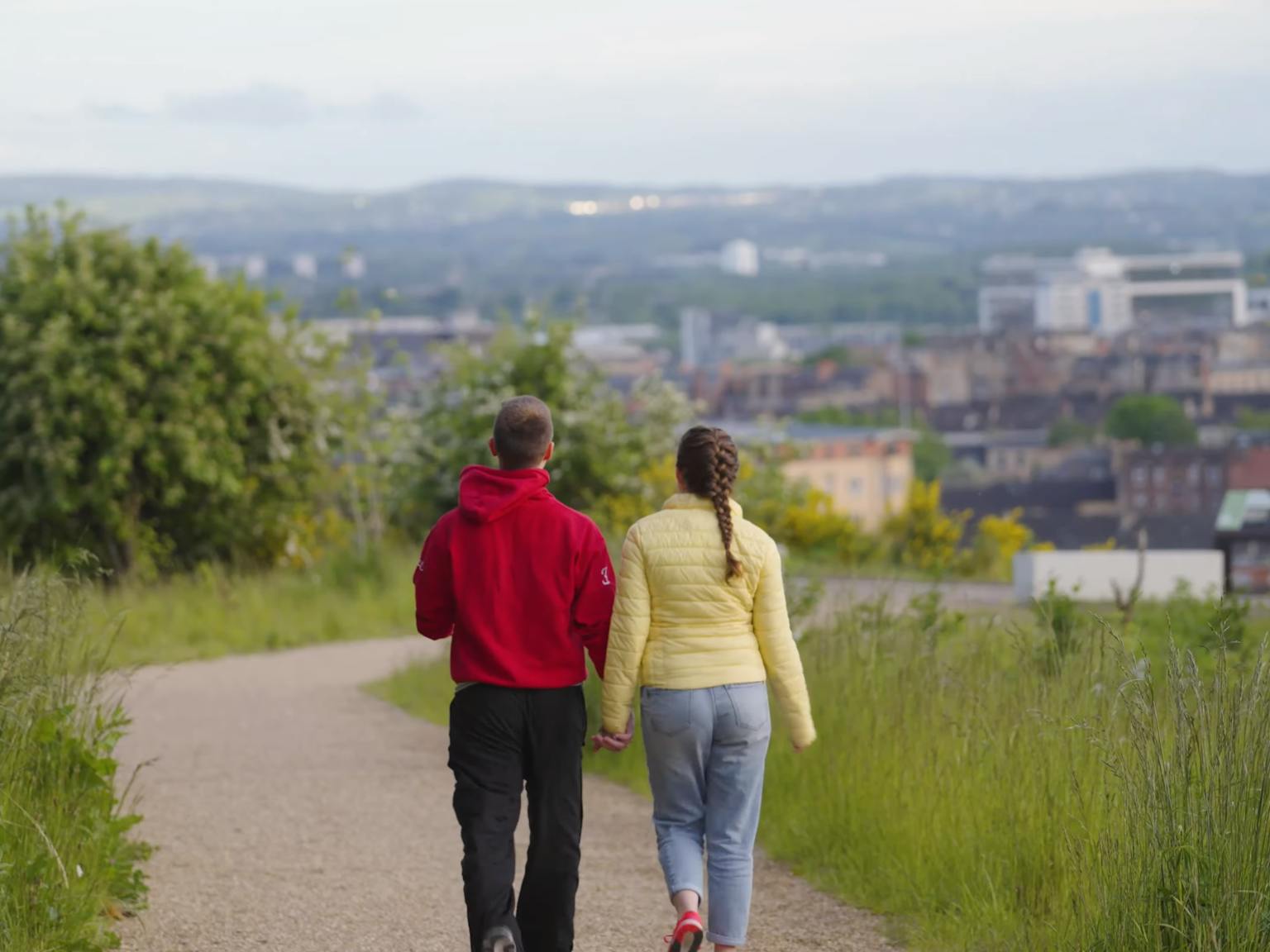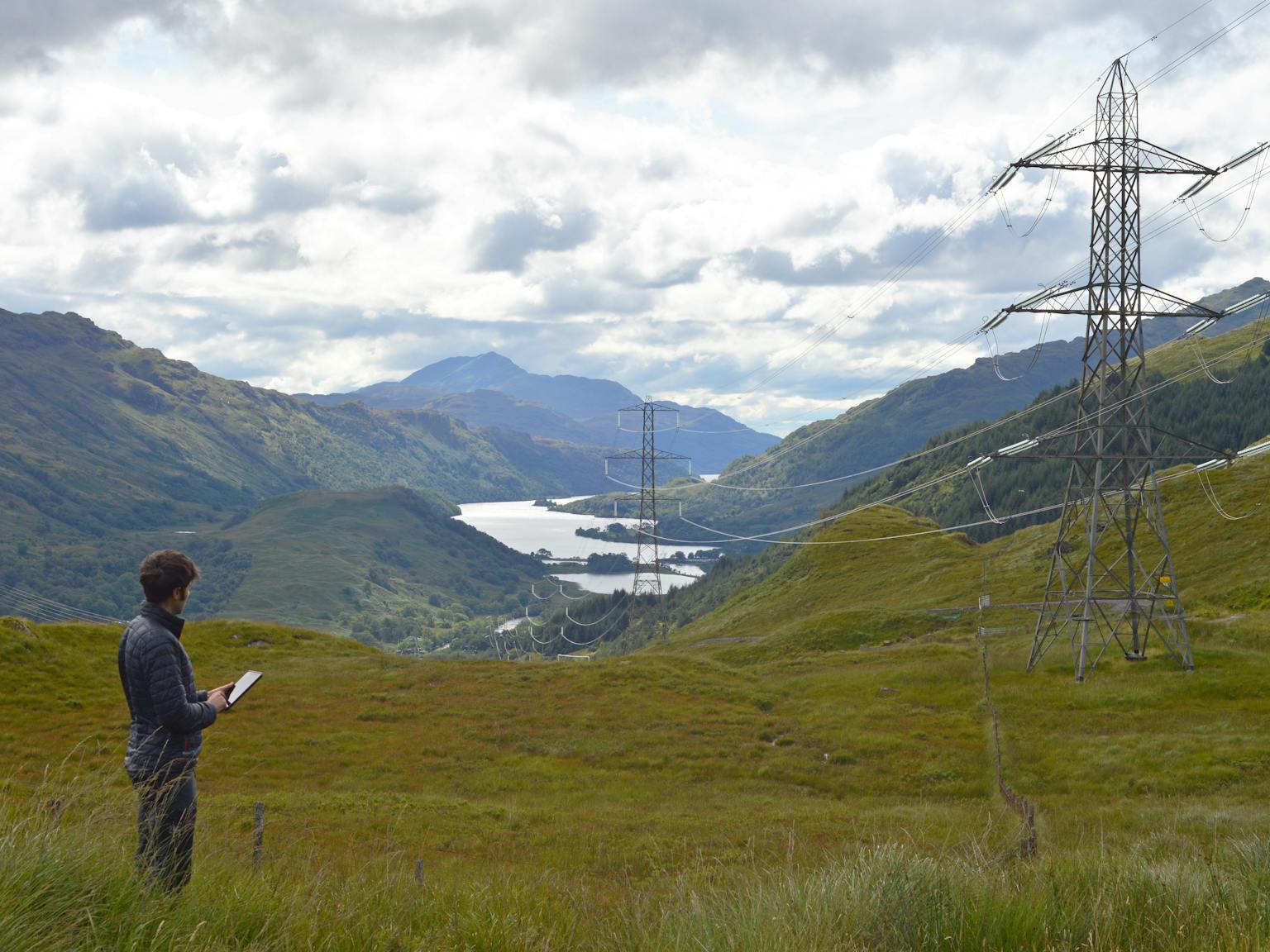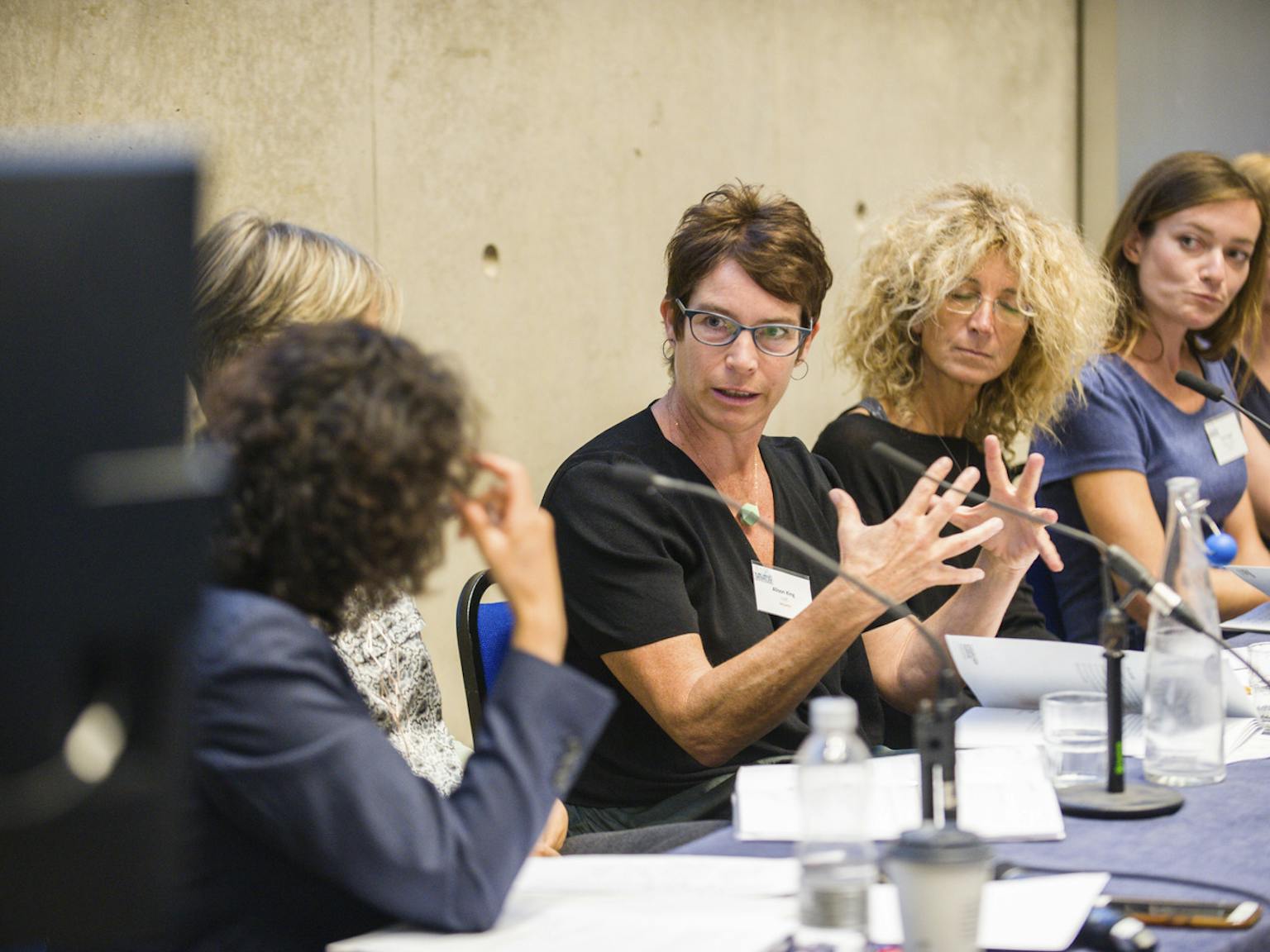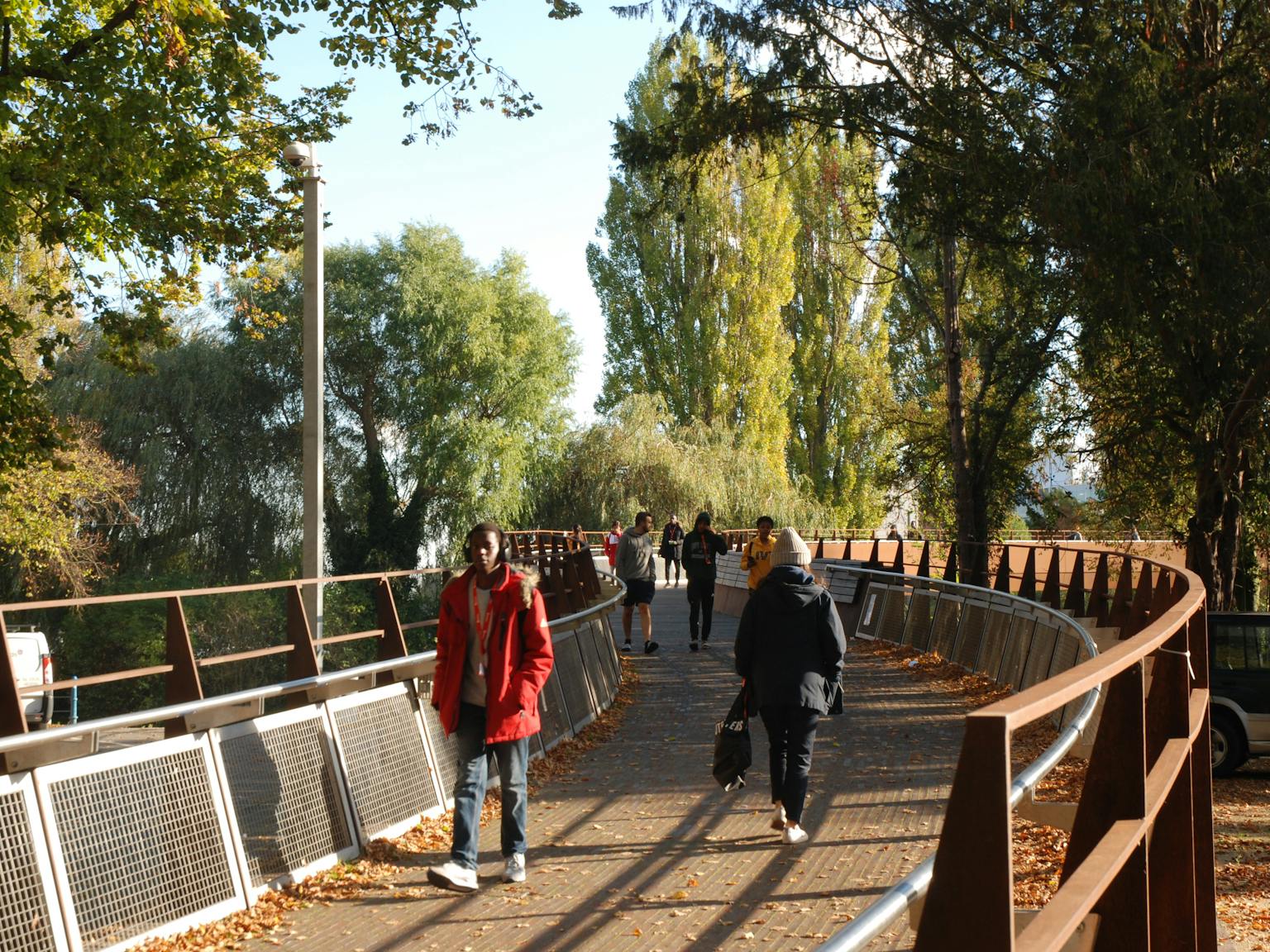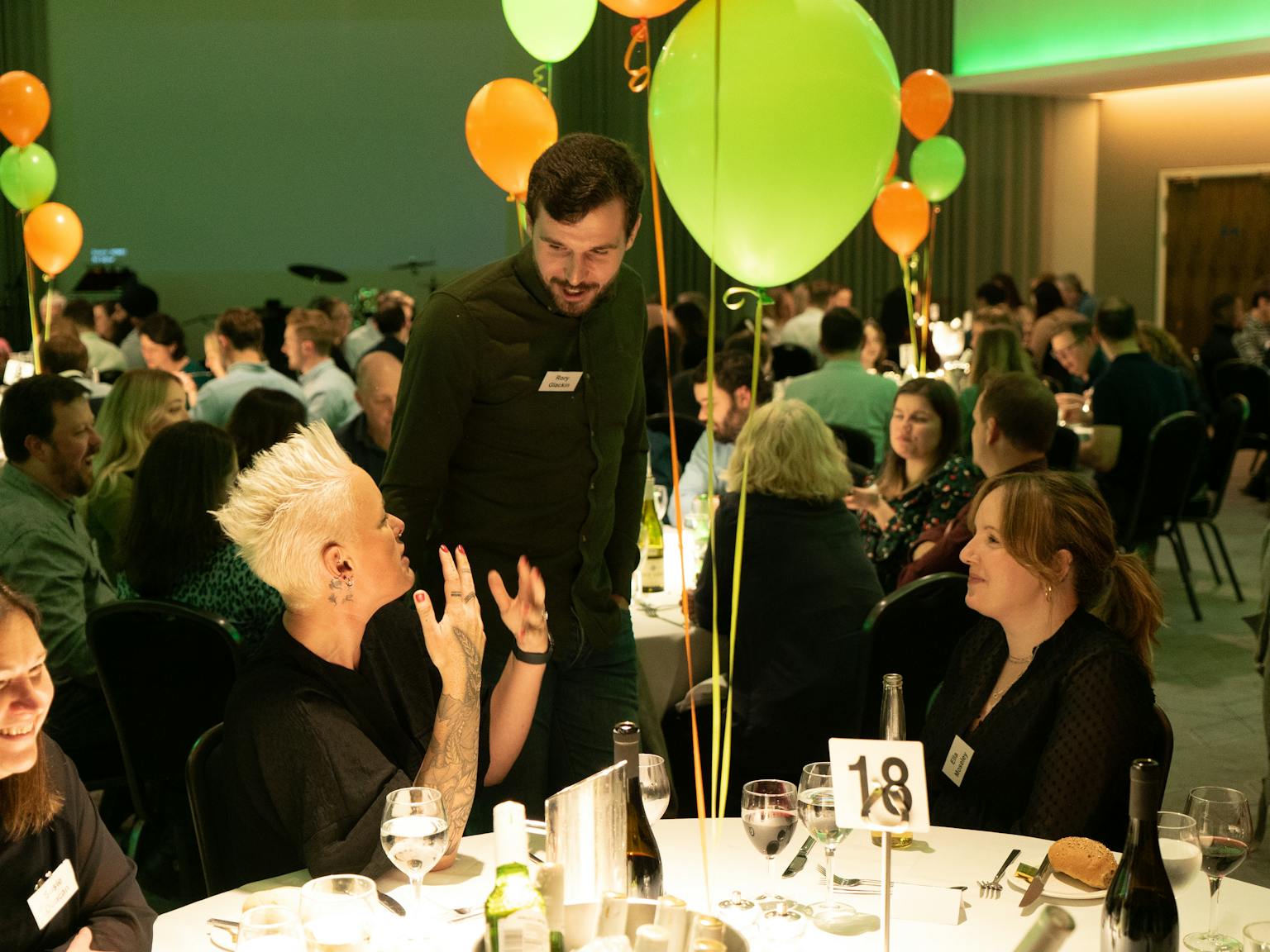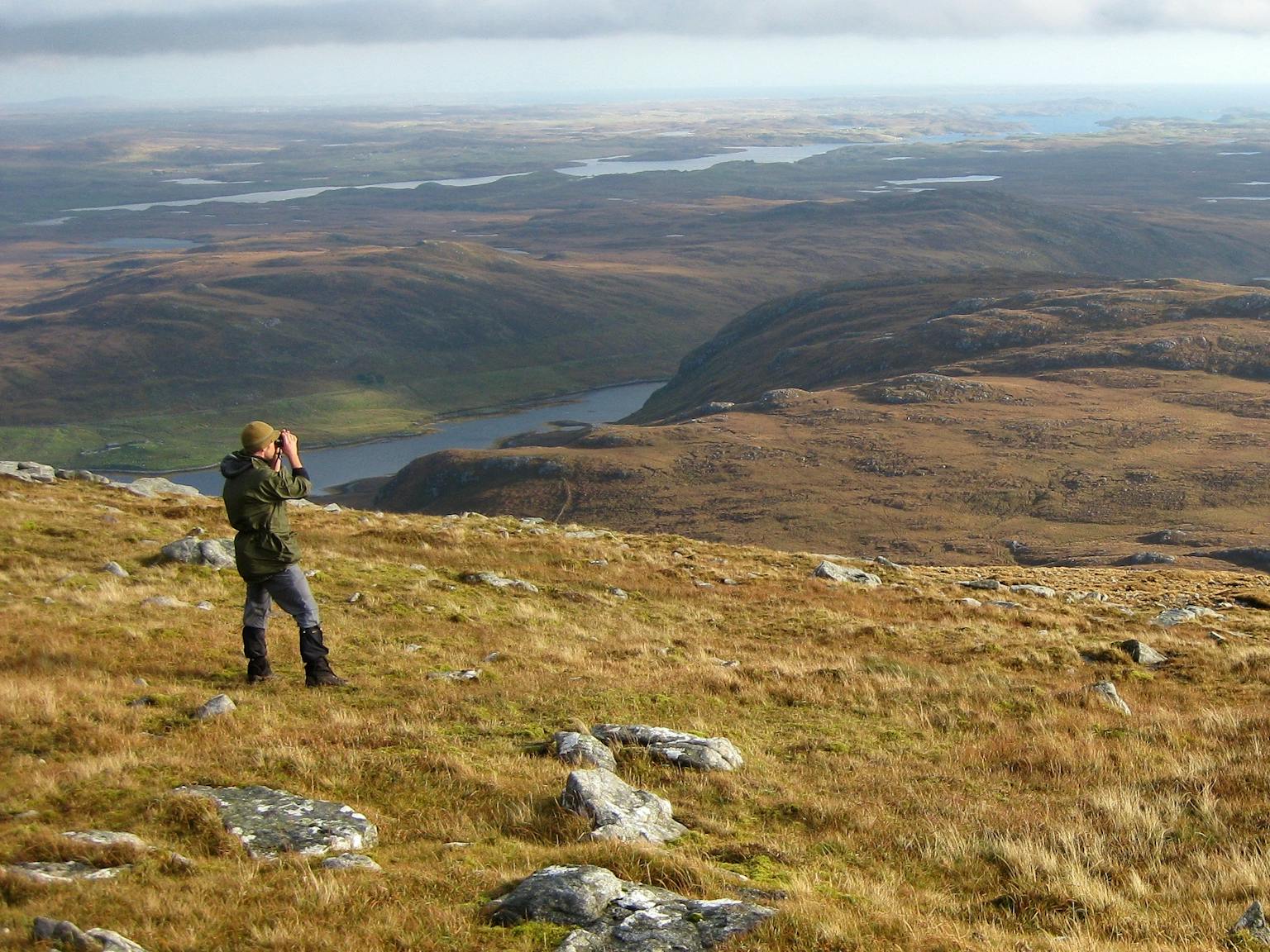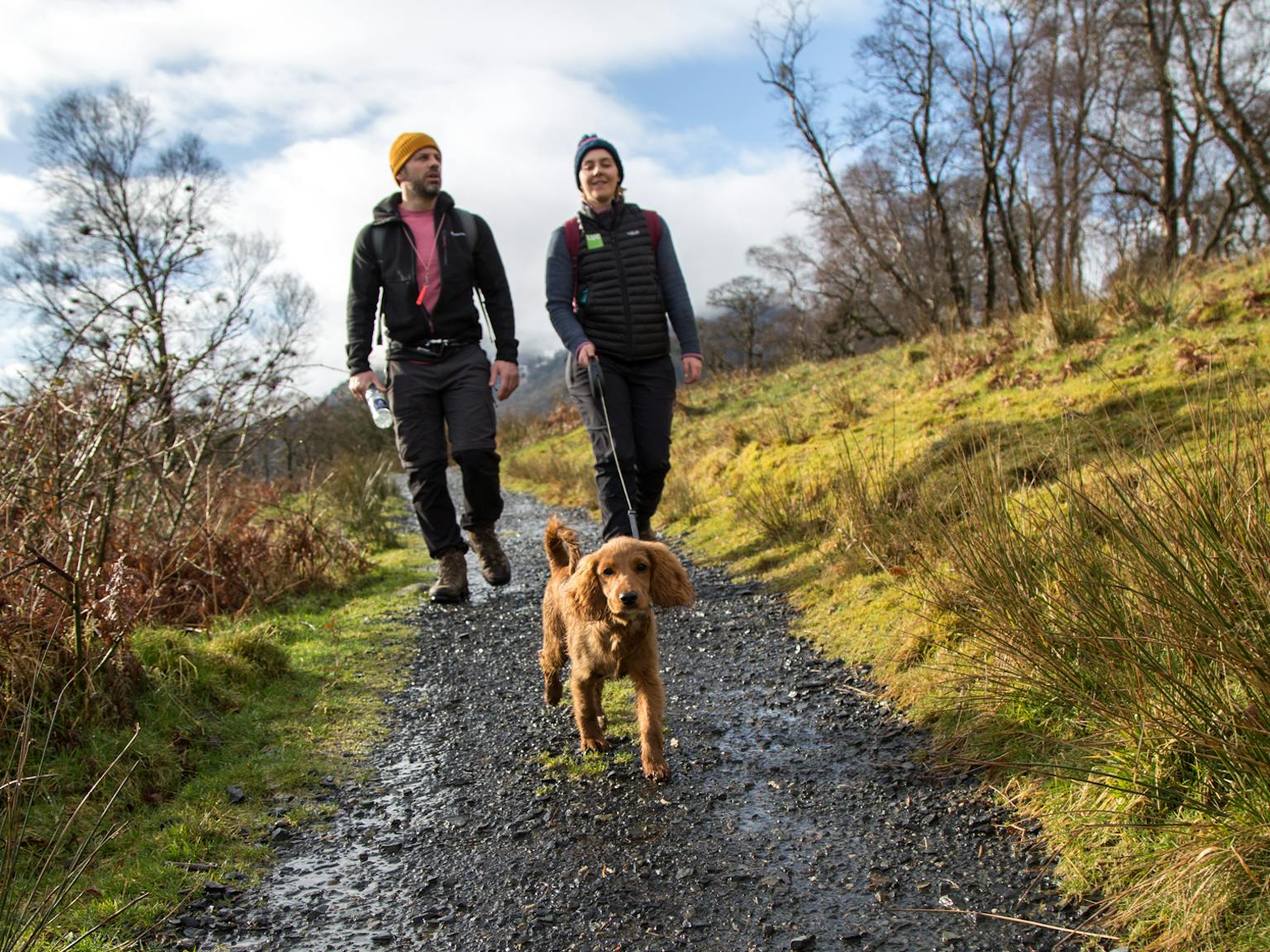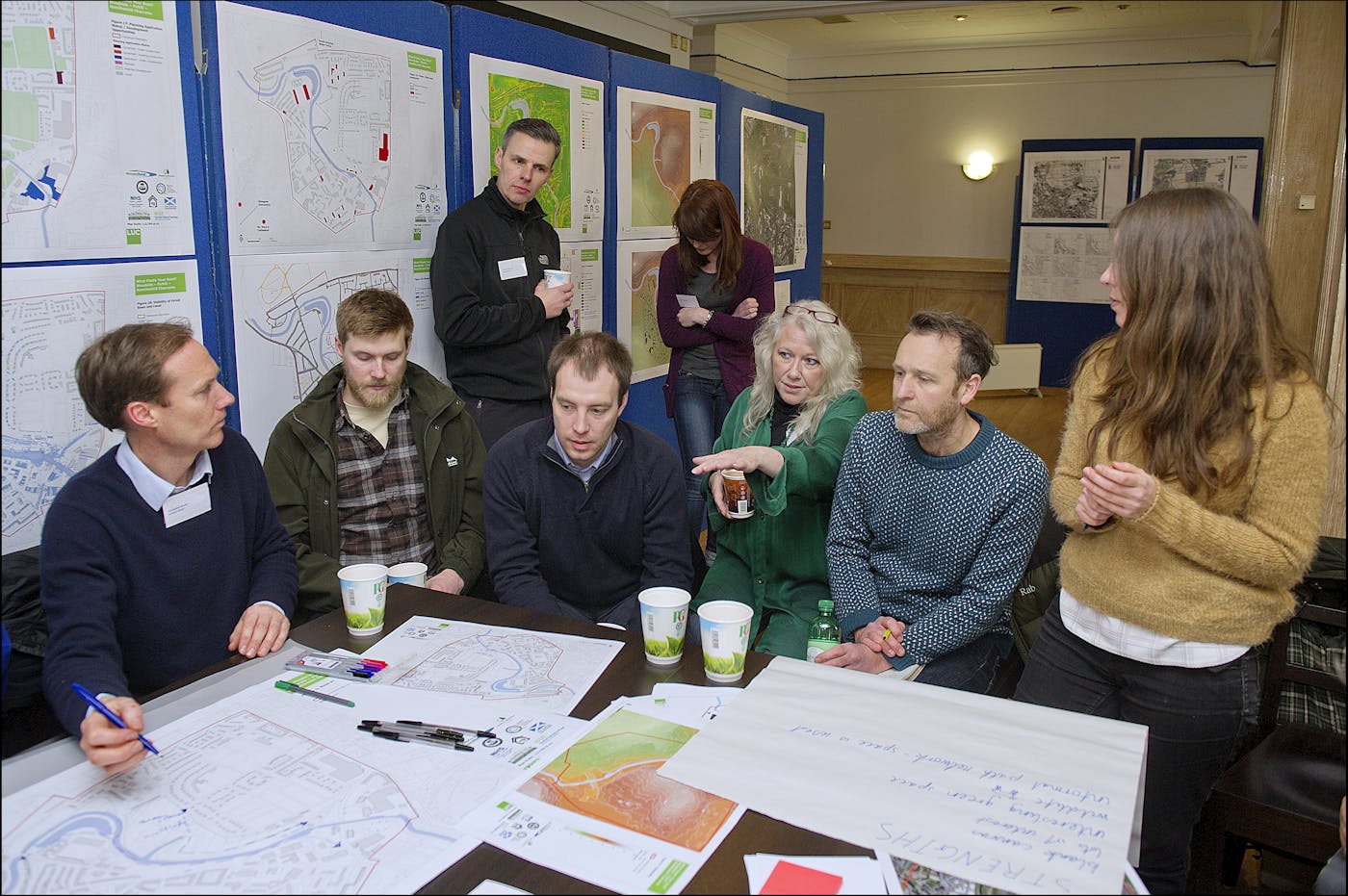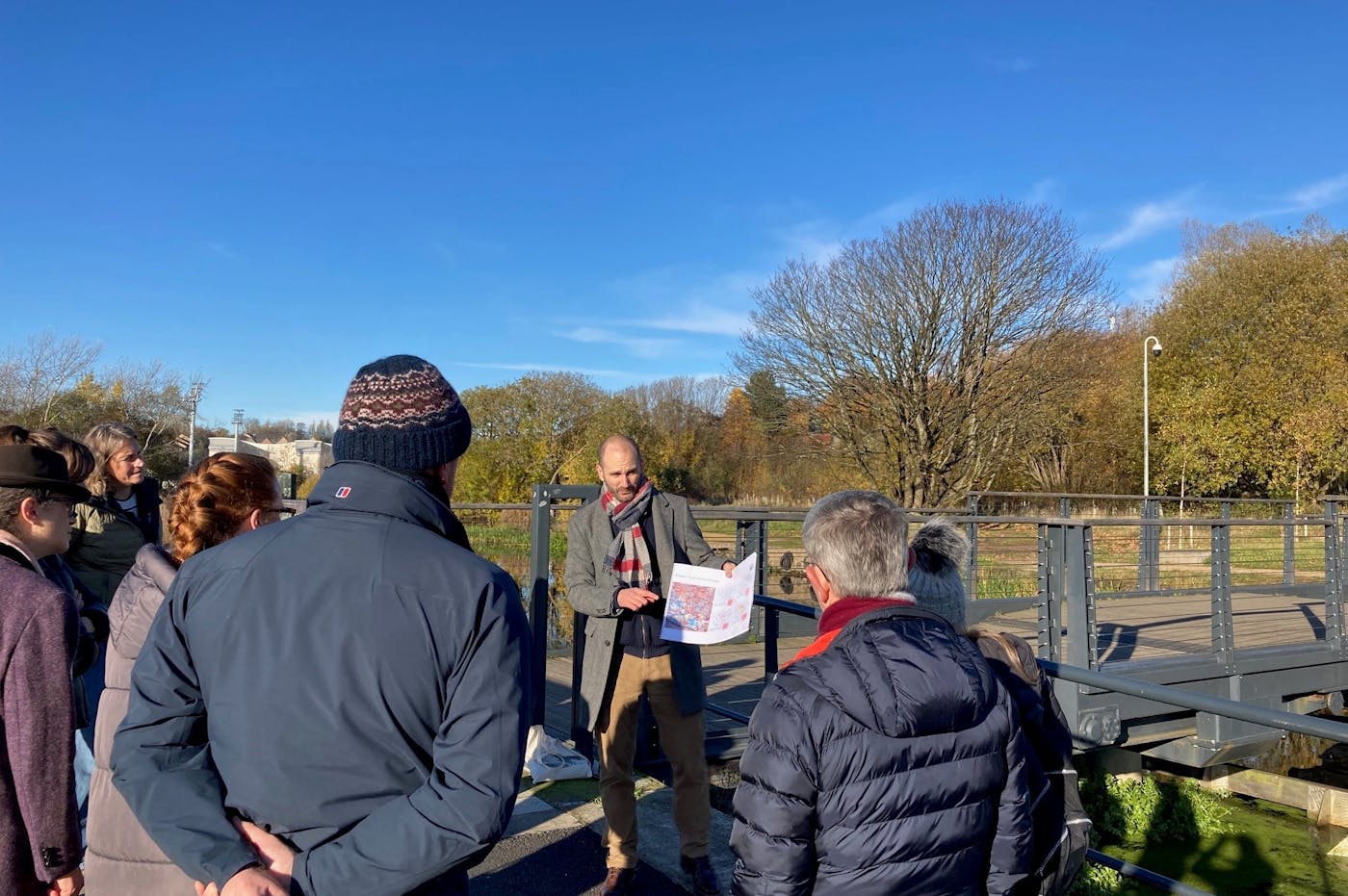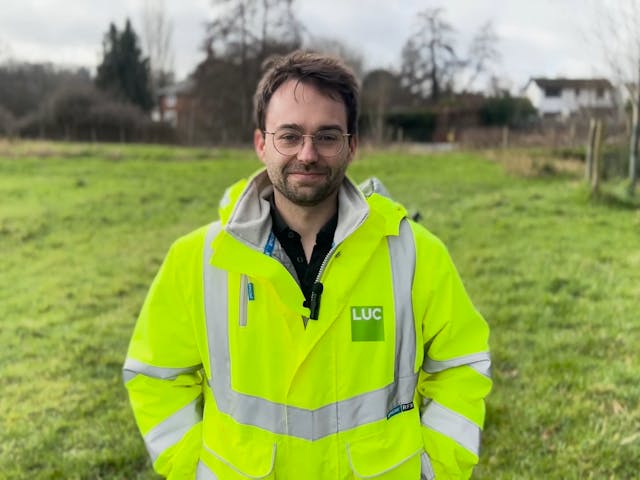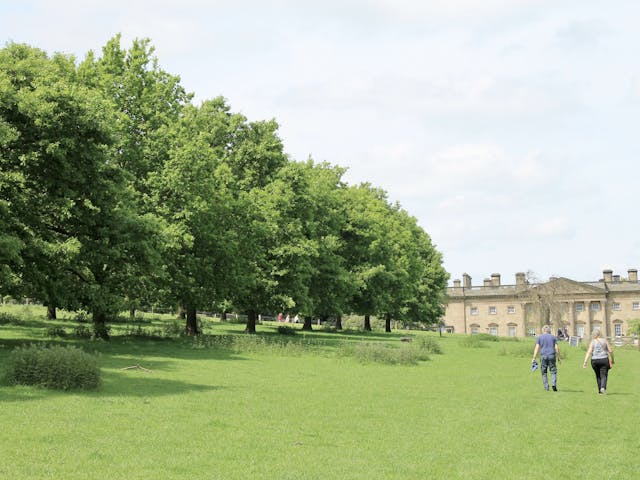
A place for everyone?
Consultant Landscape Manager, Ingrid Schäfer explores the importance of public consultation and an intersectional approach to landscape planning and management.
Context
The UK Government has unveiled ambitious environmental plans to transform the country's natural landscape by 2050. Several key themes underpin these initiatives, including restoring and preserving the natural environment, mitigating the impacts of climate change, promoting sustainable resource management, and embracing renewable energy sources. Increasing access to nature is also a top priority.
As the urgency for environmental action intensifies, it is crucial to ensure that public opinion and local impacts remain central to landscape planning and management to foster a sense of place and shared ownership.
Intersectionality: What is it and why does it matter?
The concept of intersectionality originated in Black feminist history* to describe how identity relates to systems of inequality, discrimination, and disadvantage. It acknowledges that individuals have more than one identity and encourages a nuanced understanding of how these social identities overlap and combine, creating distinct and personal experiences of oppression and privilege that shape the lives of individuals and diverse communities.
To achieve effective planning and management outputs for engagement, local consultation must be guided by an intersectional lens. This approach highlights the link between environmental, social, and economic issues, and how together they disproportionately impact marginalised communities and exacerbate existing inequalities. This understanding better equips us to ask the right questions and address planning problems, working towards fairer access to natural spaces.
*The term 'intersectionality' was coined in 1989 by legal scholar Kimberlé Williams Crenshaw, to capture the mutual discrimination of racism and sexism that Black women face. Today, the definition has expanded to describe the systems of oppression and privilege relating to an array of social identities such as race, ethnicity, religion, age, class, disability, sexuality, and gender, amongst others.

Interdisciplinary tools for landscape planning and management
Two key sources of information are used to inform landscape planning and management baseline: census data provides demographic and socioeconomic characteristics, and the Indices of Multiple Deprivation (IMD) measure and identify areas of relative deprivation. They help to gain a deeper understanding of the distribution of deprivation and its potential environmental implications.
For instance, by overlaying environmental data with the IMD, planners can identify areas where factors such as air pollution may disproportionately impact deprived communities. This ensures that landscape planning and management strategies can align more with equity and fairness. Additionally, census data can be used to assess the effectiveness of environmental interventions by tracking changes in deprivation over time. This allows planners to develop strategies that improve environmental quality and contribute to reducing socioeconomic disparities.
Pairing these approaches with community engagement and public consultation ensures planners address environmental issues that are locally important.
Public consultation in landscape planning and management
Public consultation is an integral aspect of landscape planning and management, and a collaborative, intersectional approach aligns decisions with the needs of communities.
Public consultation provides a baseline understanding of the social groups affected by planning decisions and empowers communities by giving them agency over the design and management of their local spaces. Engaging the public also provides a platform for residents to voice their concerns and aspirations, enabling planners to tailor strategies to specific needs.
From an intersectional perspective, this engagement allows an understanding of how factors such as culture, gender, and disability tie into access to nature and how we can make it more inclusive by considering different needs. By capturing the lived experiences of community members, we can work to address what hinders the use of open spaces, such as accessibility and safety concerns, a lack of sense of belonging, or cultural sensitivities.
The choice of public consultation methods depends on the context and the nature of a plan or project. Effective consultation should be inclusive, accessible, and transparent, ensuring that all voices are heard and considered in shaping the future of communities’ landscapes. Asking the right questions to inform planning is essential, such as how and why people currently use open spaces and what the barriers to engaging with natural landscapes are.
LUC Project Examples
Intersectionality and cross-discipline collaboration are at the core of LUC’s values. So, how do we consider different demographics in our projects and ensure the public has a sense of agency in decisions concerning their local areas?
Green Infrastructure and Open Space Strategies
We have been exploring how overlaying indicators of deprivation or environmental need can prioritise opportunities within Green Infrastructure and Open Space work. We combined health deprivation and disability data with environmental health factors (such as air pollution and flood risk) to identify where more vulnerable populations are at greater risk. Well-informed green infrastructure or open space design decisions help to manage this risk.
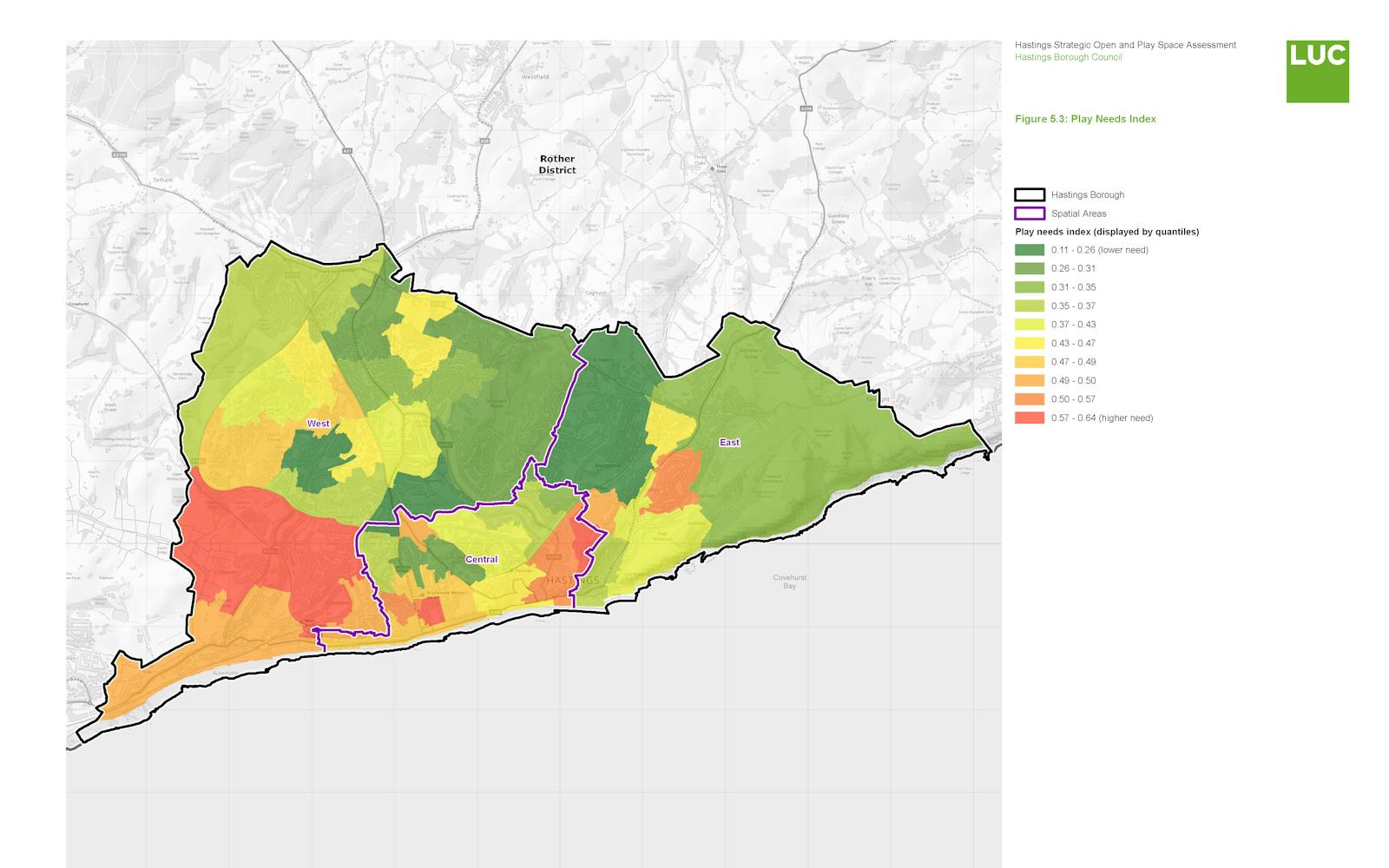
Wolverhampton Open Space Strategy and Action Plan (2022 – ongoing)
We are working with Wolverhampton City Council to produce an audit and action plan for managing open spaces across the city. Stakeholder engagement has formed a key part of this. We ran a range of sessions to engage with interested stakeholders and groups at the African Caribbean Community Centre and Gujarati Milan Community Organisation to ensure the diversity of open space uses and needs fed into the action plan.
Doncaster Future Parks (2019 – 2020)
LUC was commissioned to support Doncaster’s vision to embed parks and open spaces into the fabric of future growth, with a focus on addressing inactivity across the city. We engaged with several groups and council officers working across diverse communities, building on previous survey work by Community Explorers, a programme working in deprived areas with higher levels of physical inactivity. These surveys identified some of the barriers to activity and fed into our proposals.
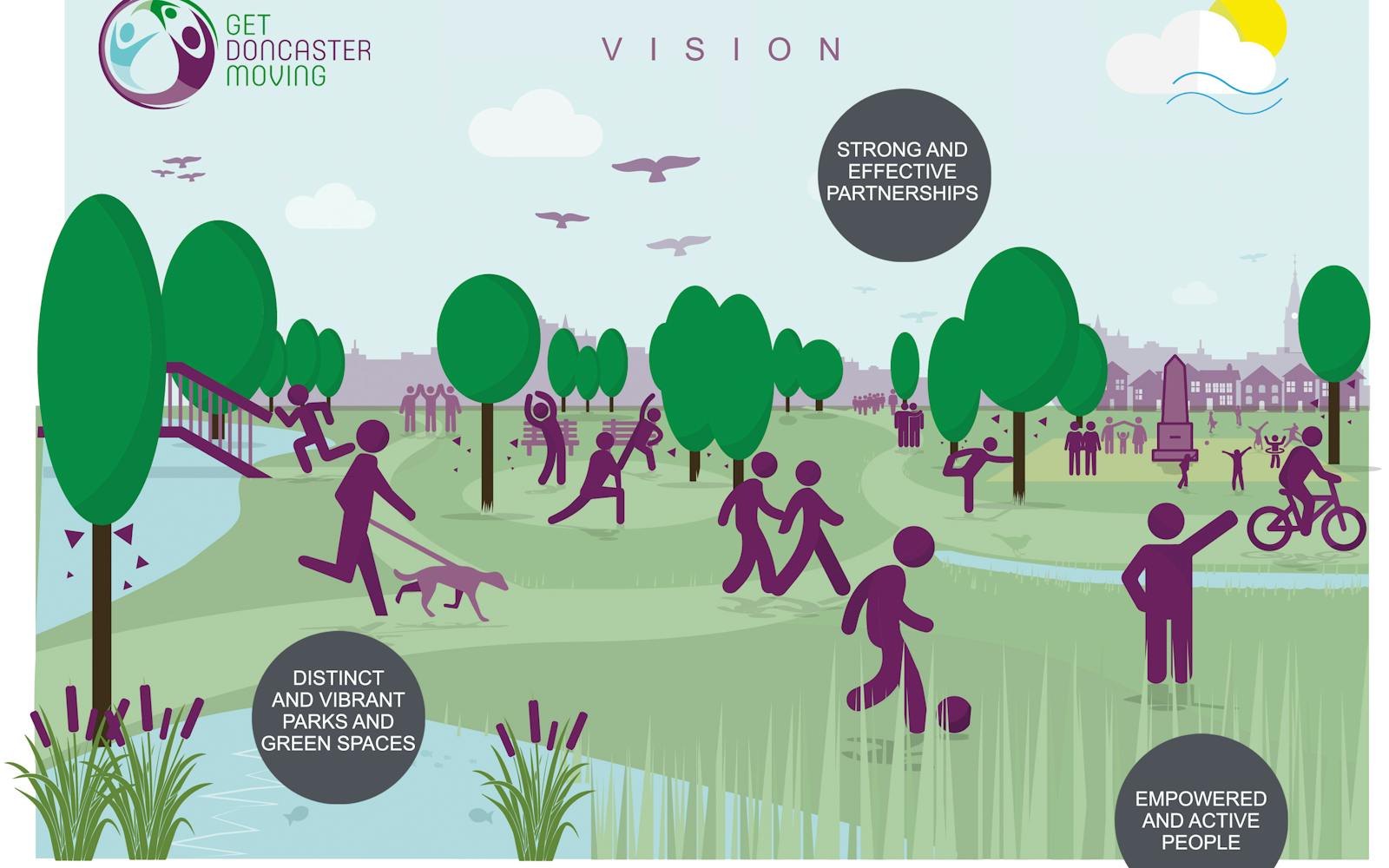
Claypits Green Infrastructure (2015 – 2017)
We worked with stakeholders and the local community to develop an unused greenspace along the canal in North Glasgow. We ran a four-day charrette, on-site walkthroughs, themed workshops, designer-in-residence sessions, and school and art outreach sessions to get feedback from local groups. To ensure equal opportunity and access, a satellite session on the other side of the canal was set up, recognising that the canal acts as a physical barrier. A pick-up truck was stationed in nearby car parks and the Chinese Market to encourage informal discussions. This allowed those who normally would not have access to workshops to have a say. Equal opportunity, especially when voicing thoughts and experiences, is crucial. We wanted to capture the entirety of the community, not just those with access. More than 300 hundred people attended the sessions.
From this feedback we created a vision statement and map, a wider development plan and a draft masterplan with the aspirations of the community in mind.
Intersectional landscape planning and management at LUC
LUC is continually striving to improve the approach to public consultation across all lines of work. We recognise that an intersectional approach is essential to remaining relevant to the needs and aspirations of a diverse Britain.
LUC helps guide the future of a wide array of landscapes, considering the impacts of climate change and the benefits of access. Our landscape planning and management services deliver rigorous and sustainable recommendations for improvements to green spaces through strategic plans, that guide clients with the management of their green space networks.
We help our clients understand the importance of public consultation and our specialists help to guide projects to achieve a broader understanding of intersectional issues. We are working to continually improve our approach and we are embracing innovative technologies to expand online and digital mechanisms for engagement, including through interactive consultation rooms, to capture wider, more diverse audiences and to make the best decisions for communities and nature.
